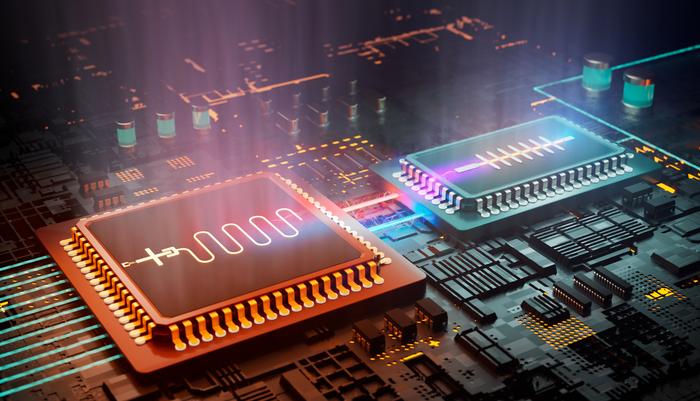Researchers at Aalto University’s Quantum Computing and Devices (QCD) group have made a significant breakthrough in the field of quantum computing. In a recent study published in Nature Electronics, they demonstrated that tiny devices called bolometers can accurately measure qubits, the building blocks of quantum computers, in a single shot.
Traditionally, quantum computers use devices called parametric amplifiers to measure qubits. However, these amplifiers have several drawbacks, including unwanted noise, potential decoherence of qubits, and bulky size, which becomes increasingly problematic as the number of qubits in a quantum computer grows.
Professor Mikko Möttönen, who heads the QCD research group, explains, “When thinking of a quantum-supreme future, it is easy to imagine high qubit counts in the thousands or even millions could be commonplace. A careful evaluation of the footprint of each component is absolutely necessary for this massive scale-up. We have shown in the Nature Electronics paper that our nanobolometers could seriously be considered as an alternative to conventional amplifiers. In our very first experiments, we found these bolometers accurate enough for single-shot readout, free of added quantum noise, and they consume 10,000 times less power than the typical amplifiers—all in a tiny bolometer, the temperature-sensitive part of which can fit inside of a single bacterium.”
Unlike amplifiers, bolometers sense microwave photons emitted from the qubit using a minimally invasive detection interface. This form factor is about 100 times smaller than its amplifier counterpart, making it an attractive option for measuring qubits in quantum computers with high qubit counts.
One of the key advantages of using bolometers is that they are not bound by the Heisenberg uncertainty principle, which states that one cannot simultaneously know a signal’s position and momentum, or voltage and current, with accuracy. This principle limits the accuracy of qubit measurements conducted with parametric voltage-current amplifiers. However, bolometers measure power, or photon number, which allows them to evade this fundamental limitation.
In their experiments, the QCD group achieved a single-shot fidelity of 61.8% with a readout duration of roughly 14 microseconds. When correcting for the qubit’s energy relaxation time, the fidelity increased to 92.7%. Single-shot fidelity is a crucial metric that determines how accurately a device can detect a qubit’s state in a single measurement rather than an average of multiple measurements.
András Gunyhó, the first author on the paper and a doctoral researcher in the QCD group, says, “With minor modifications, we could expect to see bolometers approaching the desired 99.9% single-shot fidelity in 200 nanoseconds. For example, we can swap the bolometer material from metal to graphene, which has a lower heat capacity and can detect very small changes in its energy quickly. And by removing other unnecessary components between the bolometer and the chip itself, we can not only make even greater improvements on the readout fidelity, but we can achieve a smaller and simpler measurement device that makes scaling-up to higher qubit counts more feasible.”
The QCD research group has been working on bolometer-based measurements for several years. In 2019, they demonstrated that bolometers could be used for ultrasensitive, real-time microwave measurements. In 2020, they published a paper in Nature showing that graphene-based bolometers could shorten readout times to well below a microsecond.
This groundbreaking research was carried out in the Research Council of Finland Centre of Excellence for Quantum Technology (QTF) using OtaNano research infrastructure, in collaboration with VTT Technical Research Centre of Finland and IQM Quantum Computers. The work was primarily funded by the European Research Council Advanced Grant ConceptQ and the Future Makers Program of the Jane and Aatos Erkko Foundation and the Technology Industries of Finland Centennial Foundation.


